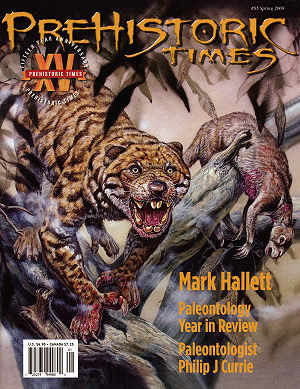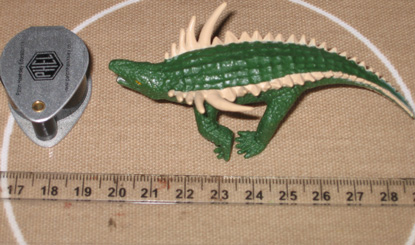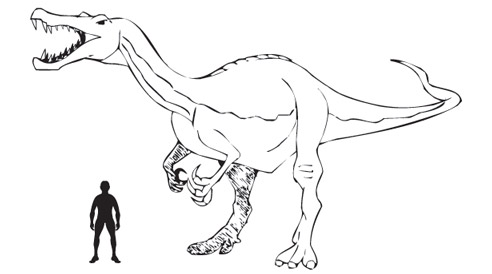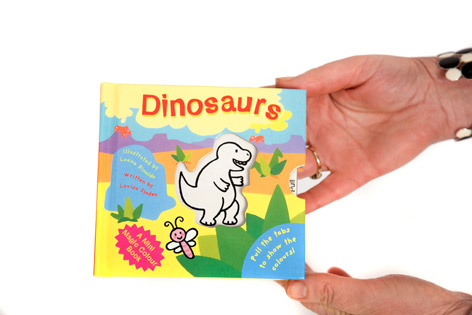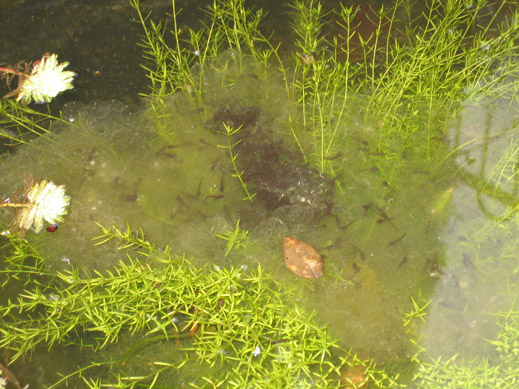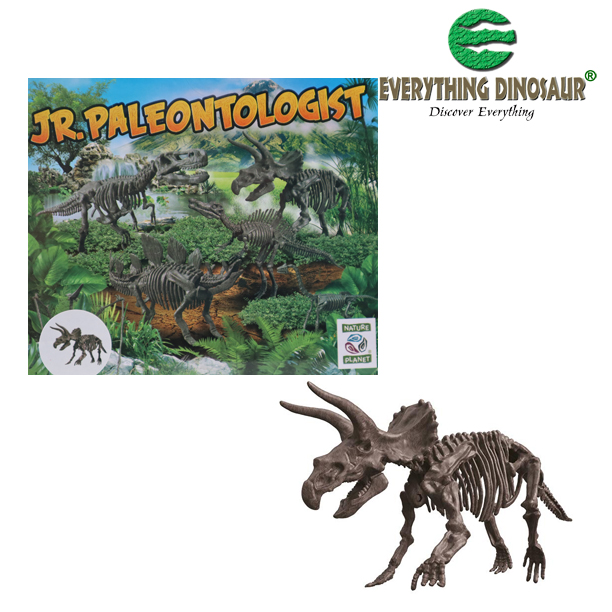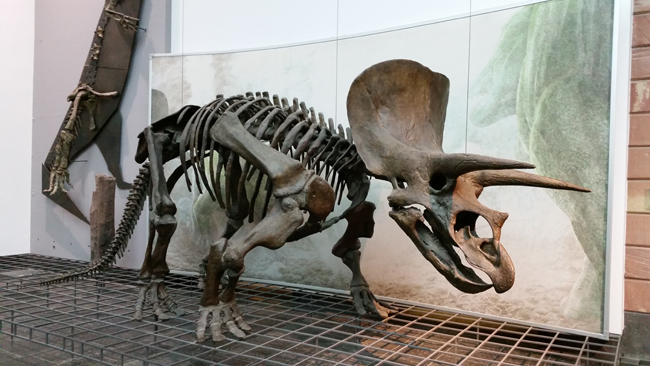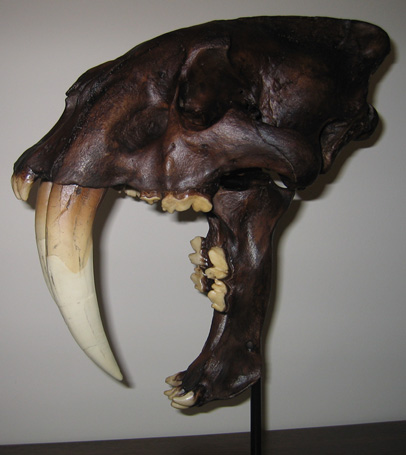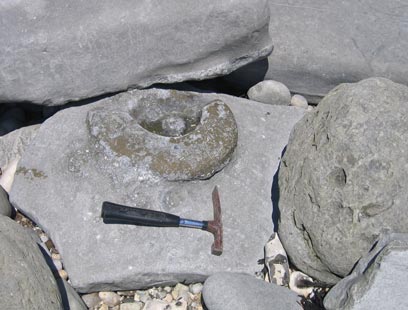Updating the Date of the Dinosaurs Demise
The End of the Age of Dinosaurs – More Accurate Dating of Mass Extinction Event
The Cretaceous/Tertiary boundary that marks the end of the Mesozoic and the beginning of the Cenozoic had been dated to around 65.5 million years ago with an statistical error of +/- 300,000 years or so. Now a team of scientists from the University of California, Berkeley aided by the Berkeley Geochronology Centre have refined dating techniques so that more accurate dates for major events in the Earth’s history can be calculated.
Age of Dinosaurs
A number of radiometric methods of dating rocks are used by Geologists. These techniques rely on measuring the rate of decay of certain isotopes contained with rock and mineral samples. As certain isotopes are known to decay at a constant rate, measuring the levels and ratios of isotopes within a rock sample can provide evidence of how old the rock is.
One of the most common methods used is the argon-argon dating method. It can be used to date rocks that are millions or even billions of years old. This dating method is particularly suitable for dating volcanic materials (igneous rocks). However, the technique had systematic errors that produced dates with uncertainties of about 2.5 percentage points. That may not seem a lot, but consider dating a rock believed to from the end of the Cretaceous. If the argon-argon method is used it could mean that the actual date of the specimen would have been over or underestimated by a million years or more.
Studying Isotopes
Argon-argon dating, developed at UC Berkeley in the 1960s, is based on the fact that the naturally-occurring isotope potassium-40 decays to argon-40 with a 1.25-billion-year half-life. Single-grain rock samples are irradiated with neutrons to convert potassium-40 to argon-39, which is normally not present in nature. The ratio of argon-39 to argon-39 then provides a measurement of the age of the sample.
In a paper published in April’s edition of the “Science”, Paul Renne, Director of the Berkeley Geochronology Centre (Professor of Earth and Planetary Science at UC Berkeley) and his colleagues have refined the argon-argon technique lowering the uncertainty of results to a deviation of just +/- 0.25 percent.
Argon-Argon Dating
As a result, argon-argon dating today can provide more precise absolute dates for many geologic events, ranging from volcanic eruptions and earthquakes within the scope of the history of humanity to much older events such as the start of the Deccan Traps eruptions and the extinction of the dinosaurs and many other creatures at the end of the Cretaceous period.
Renne and his team have re-dated the mass extinction event (marked by the famous K/T boundary, a layer of clay rich in the chemical element iridium). The estimate that the K/T boundary is approximately 65.95 million years old (give or take a mere 40,000 years).
“The importance of the argon-argon technique is that it is the only technique that has the dynamic range to cover nearly all of Earth’s history,” Renne said. “What this refinement means is that you can use different chronometers now and get the same answer, whereas, that wasn’t true before.”
This revision of the argon-argon dating method puts its accuracy in line with other radiometric dating methods, but there is greater flexibility in the application of this method compared to other techniques, this opens up the possibility of more accurate data being obtained for extremely old rocks.
Greater Precision
Renne noted that the greater precision matters little for recent events, such as the emergence of human ancestors in Africa 6 million years ago, because the uncertainty is only a few tens of thousands of years.
“Where it really adds up is in dating events in the early solar system,” Renne said. “A 1 percent difference at 4.5 billion years is almost 50 million years.”
One major implication of the revision involves the formation of meteorites, planetessimals and planets in the early solar system, he said. Argon-argon dating was giving a lower date than other methods for the formation of meteorites, suggesting that they cooled slowly during the solar system’s infancy.
“The new result implies that many of these meteorites cooled very, very quickly, which is consistent with what is known or suggested from other studies using other isotopic systems,” he said. “The evolution of the early solar system – the accretion of planetessimals, the differentiation of bodies by gravity while still hot – happened very fast. Argon-argon dating is now no longer at odds with that evidence, but is very consistent with it.”
How Old is Planet Earth?
The team at UC Berkeley had been working on revising the argon-argon dating method for over eight years, working in collaboration with Jan R. Wijbrans of the Free University in the Netherlands to obtain convincing evidence. Wijbrans and his Dutch colleagues were studying a unique series of sediments from the Messinian Melilla-Nador Basin on the coast of Morocco that contain records of cycles in Earth’s climate that reflect changes in Earth’s orbit that can be precisely calculated.
Wijbrans’ colleague Frits Hilgen at the University of Utrecht, a co-author of the study, has been one of the world’s leaders in translating the record of orbital cycles into a time scale for geologists, according to Renne. Renne’s group had proposed using the astronomical tuning approach to calibrate the argon-argon method as early as 1994, but lacked ideal sedimentary sequences to realise the full power of this approach. The collaboration brought together all the appropriate expertise to bring this approach to fruition, he said.
“The problem with astronomical dating of much older sediments, even when they contain clear records of astronomical cycles, is that you’re talking about a pattern that is not anchored anywhere,” Renne said. “You see a bunch of repetitions of features in sediments, but you don’t know where to start counting.”
Argon-argon dating of volcanic ash, or tephra, in these sediments provided that anchor, he said, synchronising the methods and making each one more precise. The argon-argon analyses were conducted both in Berkeley and Amsterdam to eliminate interlaboratory bias.
“This should be the last big revision of argon-argon dating,” Renne said. “We’ve finally narrowed it down to where we are talking about fractions-of-a-percent revisions in the future, at most.”
Substantial Implications
As well as having implications for the study of the universe, improvements in the dating of rocks will help Palaeontologists and Geologists date key events in the history of our own planet.
This research work was funded by the U.S. and Dutch National Science Foundations and the Ann and Gordon Getty Foundation
This article has been compiled using information from the University of California – Berkeley (2008, April 24), specifically papers published on “Refining The Date Of Dinosaur Extinction And The Cretaceous-Tertiary Boundary”.
For dinosaur models and figures, including replicas of dinosaurs from the end of the Cretaceous: Rebor Replicas Models and Figures.


